MoreySmith's central London office champions a sense of belonging
As interior design specialist MoreySmith moves into a new office in central London, the firm explores ideas of belonging, health and safery, flexbility and community in the workspace
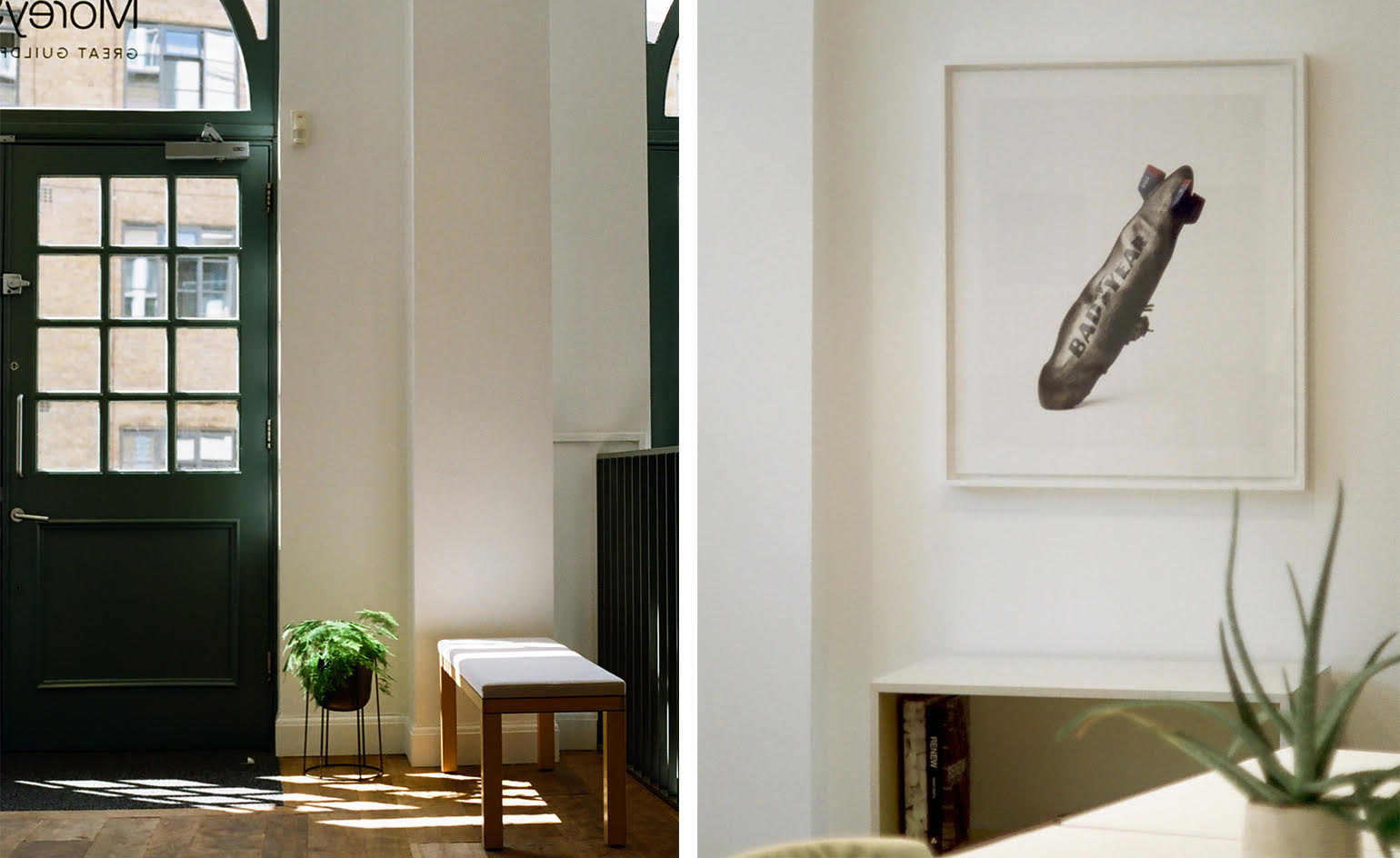
Fiona Smallshaw - Photography
The swift decline and practical obsolescence of the traditional office has been remarked on by many, not least the millions of us who are now adjusting to very different patterns of life and work. But what of those whose job it is to shape those very spaces? One architecture and interior studio that’s had to face this particular reckoning rather sooner than others is MoreySmith, a London-based firm with copious experience and awards to its name and clients that include Sony, LVMH, JP Morgan and Coke. This summer, the studio moved into new, self-designed offices in central London, set across three floors of a renovated Victorian warehouse, close at hand to the company’s other workspace, which is retained as a creative studio.
Linda Morey-Burrows is adamant that although density is down, some form of human connection is essential. ‘I do think that social space will be increasingly important,’ she says. The MoreySmith offices include plenty of flexible, collaborative spaces, a place to eat together and a Yoga space. While expansion was necessary due to the success of the business, so too was the need to improve social distancing. To that end, no staff sit directly facing each other, with 2m of clear space between each workstation.
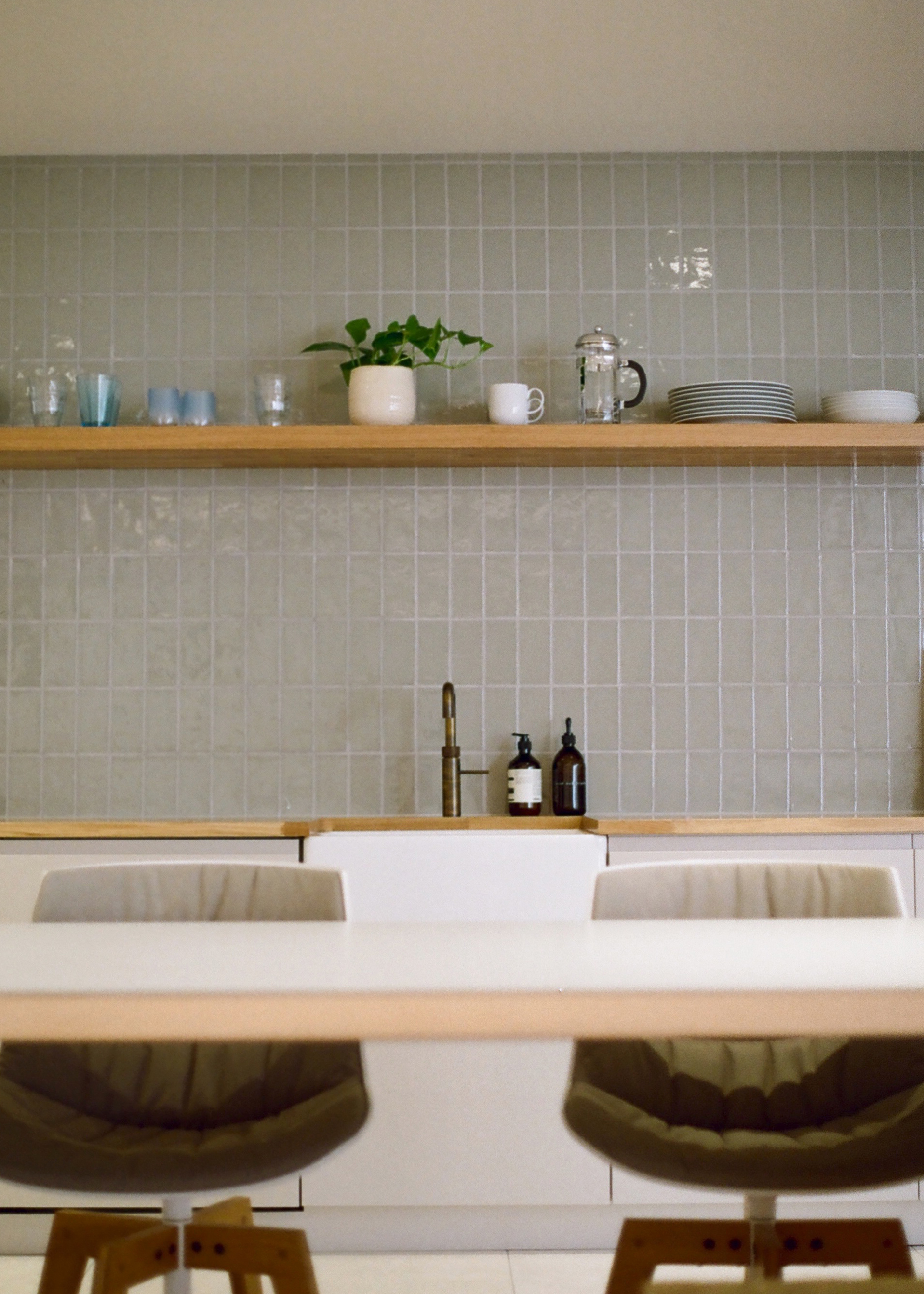
‘People will want their own persona space but they also want to be treated well,’ she says of the industry in general, adding that ‘the desk could even die [completely] with new technology.’ Instead, MoreySmith imagine offices becoming more like hybrid spaces, akin to a library or university study area, mirroring home office desks, rather than impersonal cubicles.
RELATED STORY
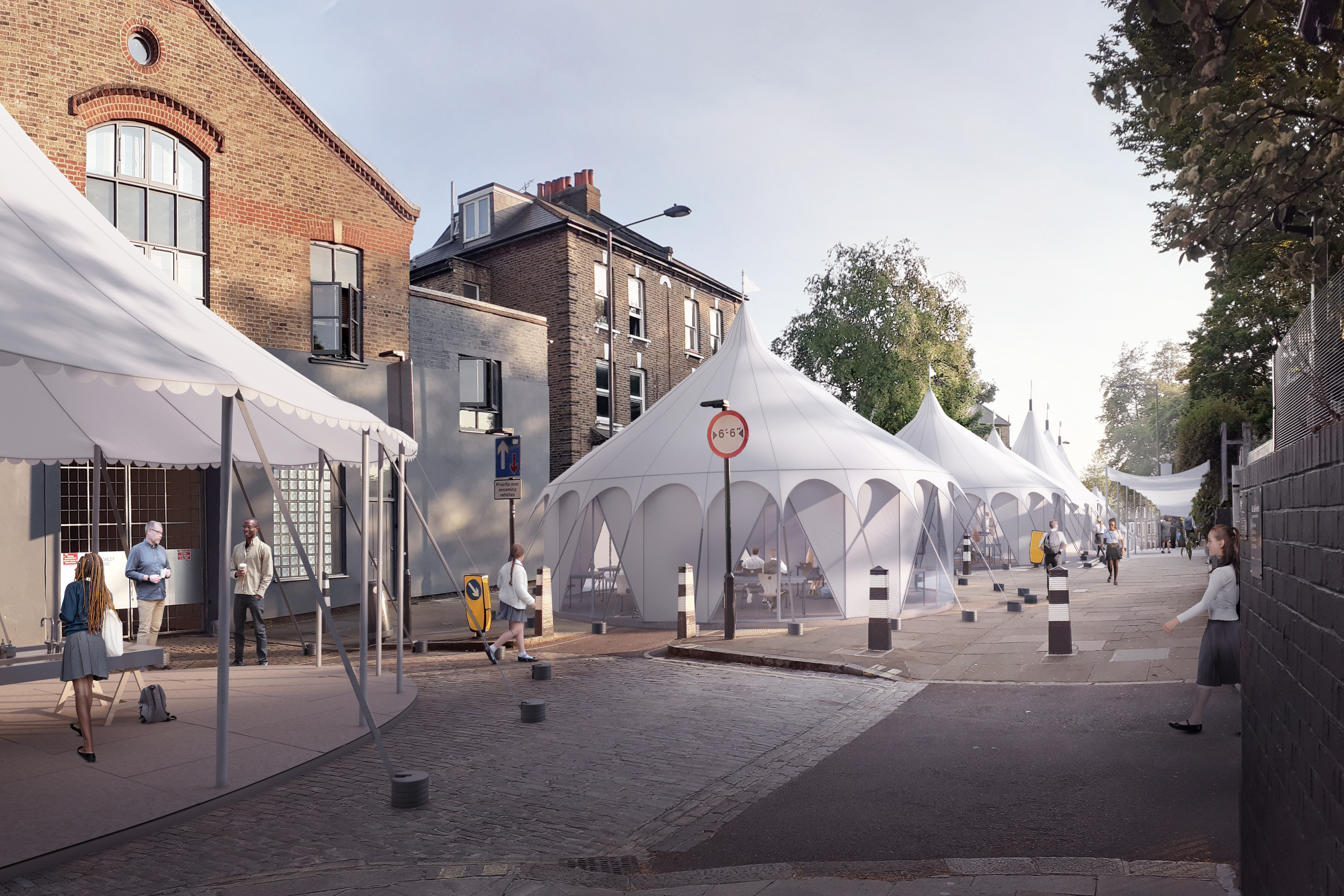
Their new workplace allows the studio to practice what it preaches, with plenty of greenery, sunlight, and a natural but pared back palette of materials (it is after all a place for experimenting with different finishes and fixtures). Artwork is also given price of place, with ‘5th March 1972’, a 7.5m long piece by Bob and Roberta Smith, serving as a focal point, with its textured surfaces of recycled wood.
Sustainability is just as important as the quality of the space itself and Morey-Burrows and her team have taken care to re-use and re-purpose existing furniture and fittings wherever possible, including ex-display lighting systems and a reclaimed timber floor.
With their own space encouraging a more ascetic and focused attitude towards coming into the office, MoreySmith is also decoding a new future for their clients. ‘I’ve been looking at what materials are better for reducing virus transmission, like wood, untreated leather, copper,’ she says, adding that more research is needed into anti-viral design.
‘I think that bigger brands and companies will have to work even harder to make their workspaces more attractive,’ she says, ‘it’s a bit like the struggle facing retail [before COVID]; those that did well created a more experiential shopping experience. The office is the same. Belonging and community are needed to draw people in.’ As for themselves, MoreySmith are proud to have created an office that ‘everyone was excited to come back to.’
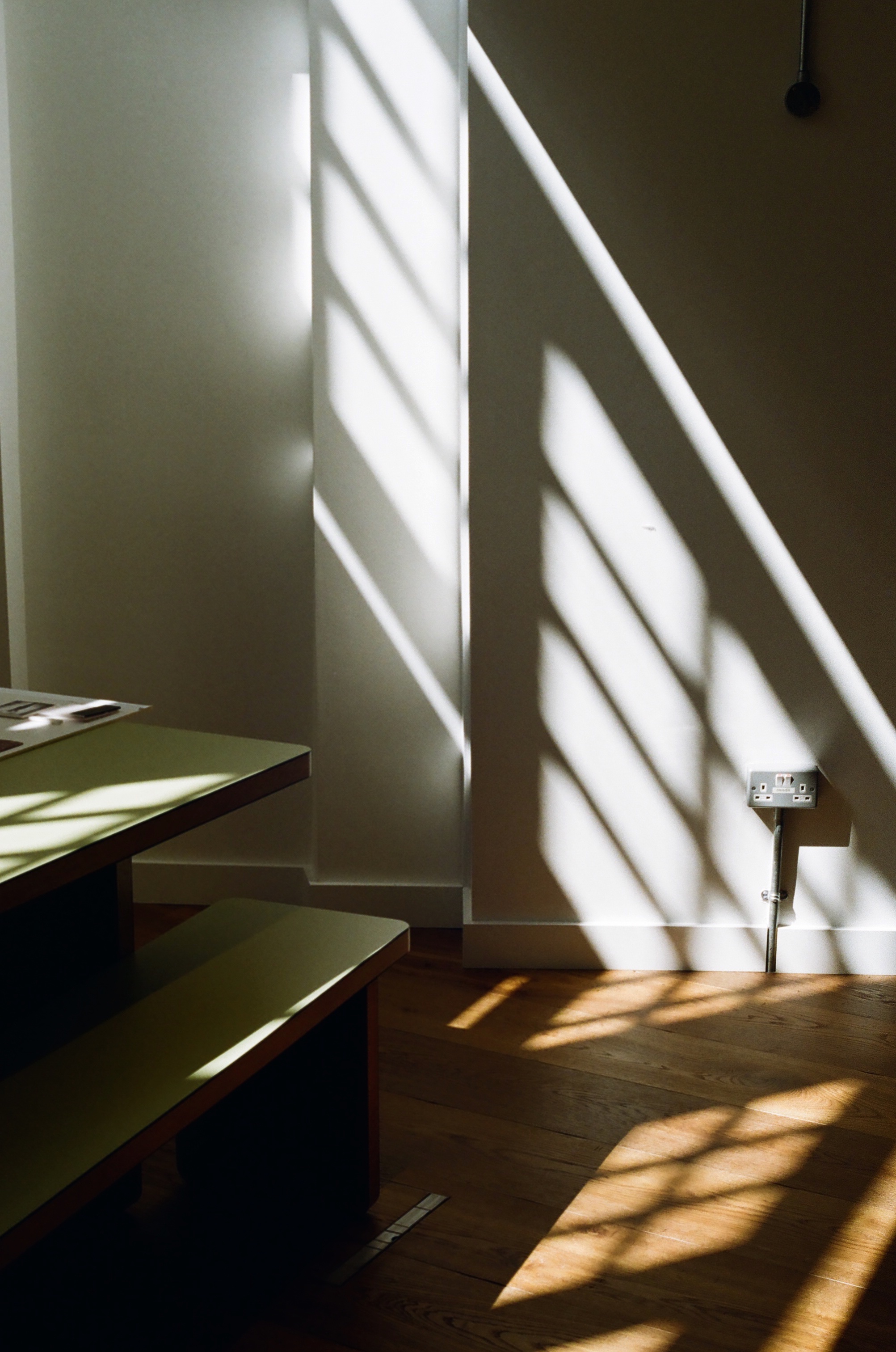
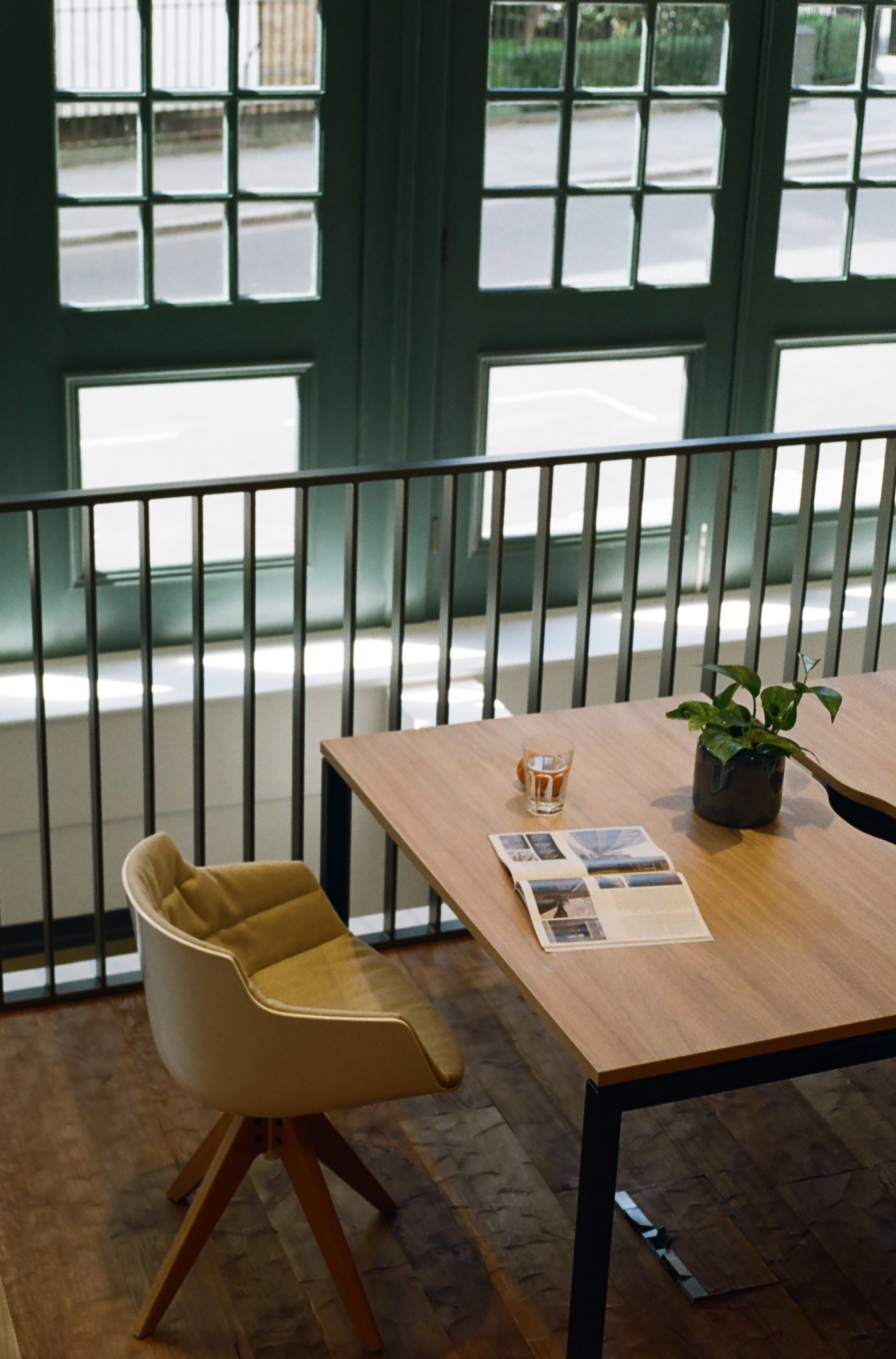


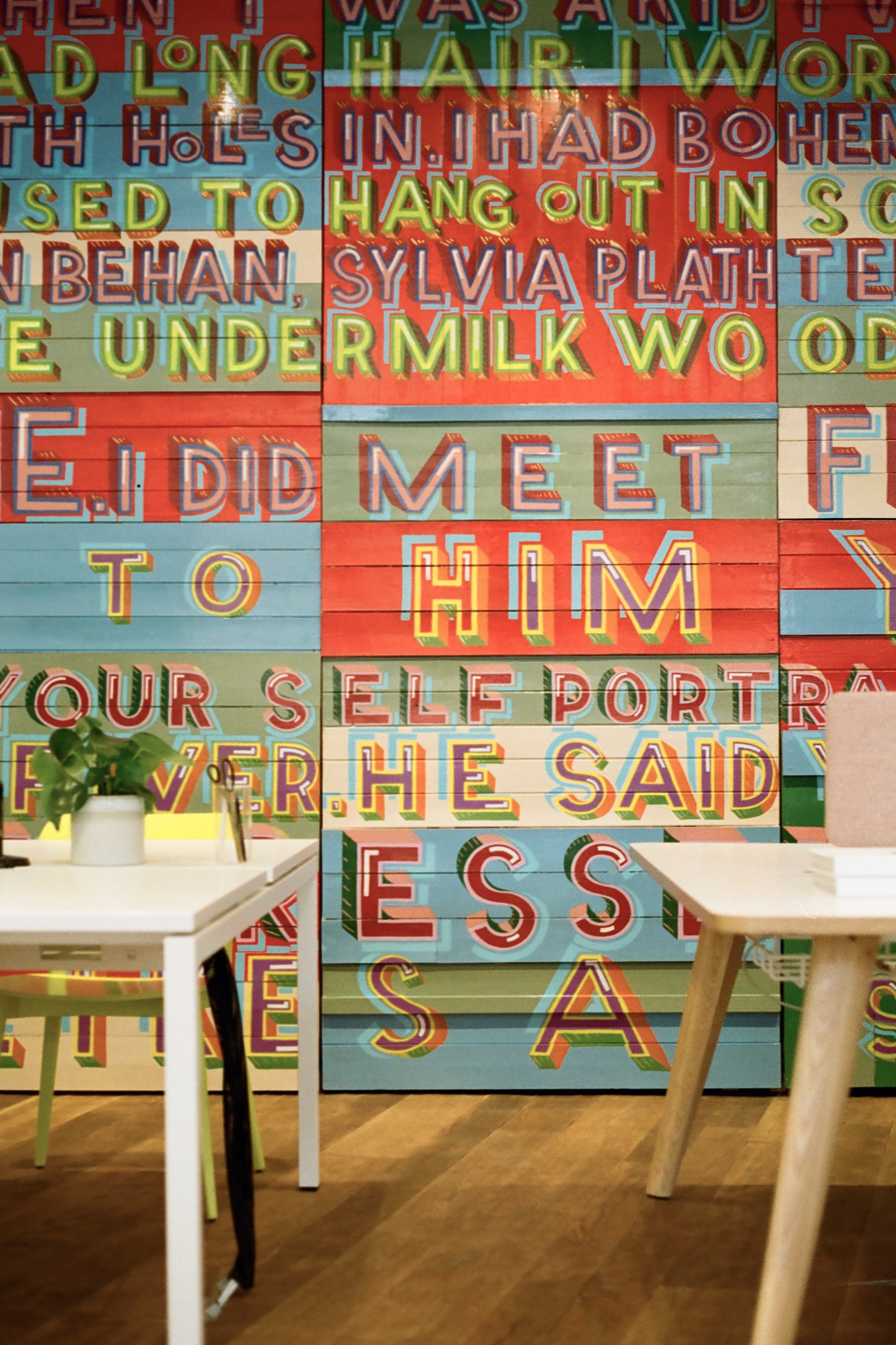
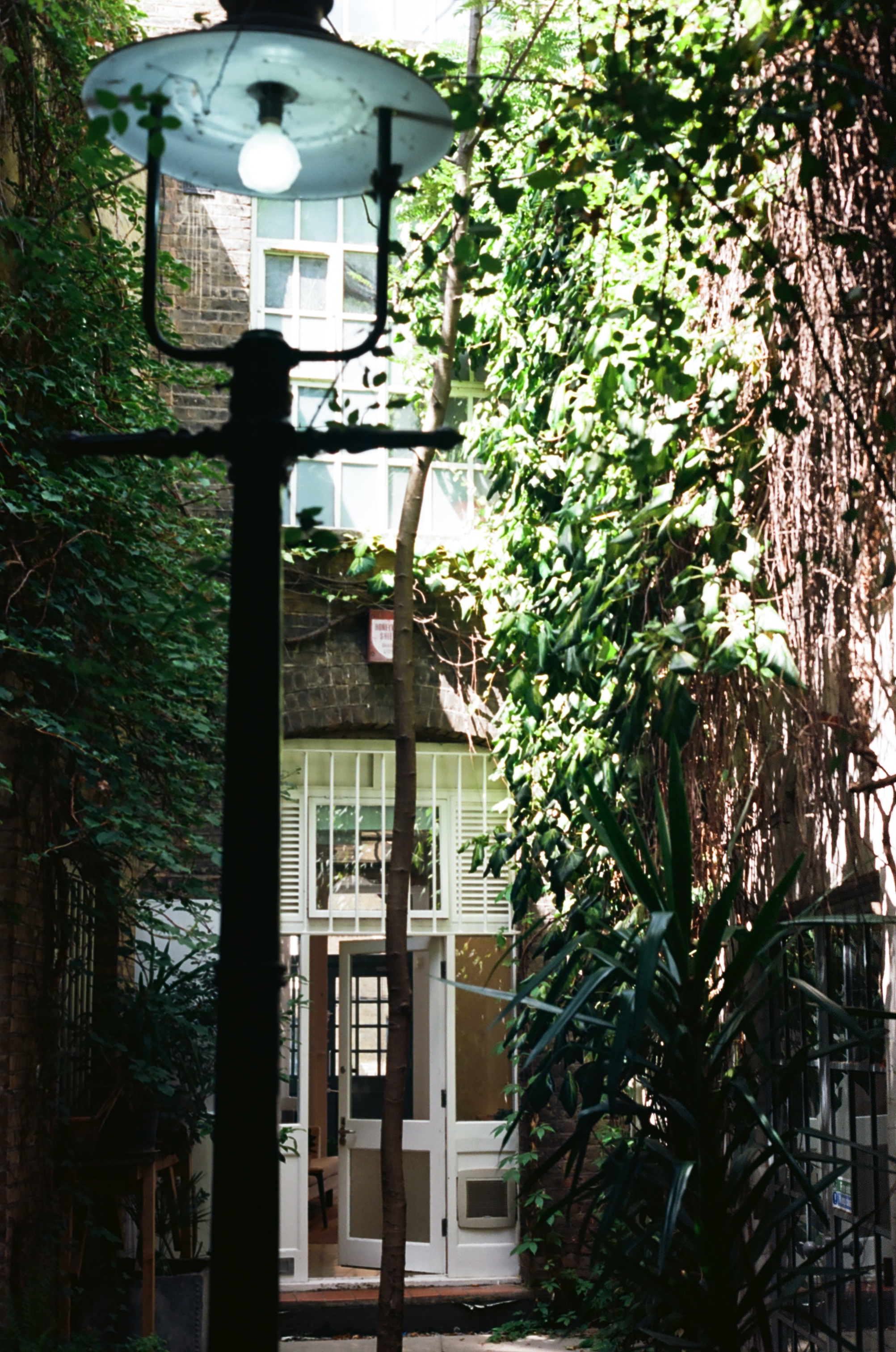
INFORMATION
Receive our daily digest of inspiration, escapism and design stories from around the world direct to your inbox.
Jonathan Bell has written for Wallpaper* magazine since 1999, covering everything from architecture and transport design to books, tech and graphic design. He is now the magazine’s Transport and Technology Editor. Jonathan has written and edited 15 books, including Concept Car Design, 21st Century House, and The New Modern House. He is also the host of Wallpaper’s first podcast.
-
 The most comprehensive showing of Nan Goldin’s photographs and films is intense and emotional
The most comprehensive showing of Nan Goldin’s photographs and films is intense and emotionalNan Goldin's moving-image work makes a heavy impact in ‘This Will Not End Well’ at Milan’s Pirelli HangarBicocca
-
 How We Host: Interior designer Heide Hendricks shows us how to throw the ultimate farmhouse fête
How We Host: Interior designer Heide Hendricks shows us how to throw the ultimate farmhouse fêteThe designer, one half of the American design firm Hendricks Churchill, delves into the art of entertaining – from pasta to playlists
-
 Arbour House is a north London home that lies low but punches high
Arbour House is a north London home that lies low but punches highArbour House by Andrei Saltykov is a low-lying Crouch End home with a striking roof structure that sets it apart
-
 Arbour House is a north London home that lies low but punches high
Arbour House is a north London home that lies low but punches highArbour House by Andrei Saltykov is a low-lying Crouch End home with a striking roof structure that sets it apart
-
 A former agricultural building is transformed into a minimal rural home by Bindloss Dawes
A former agricultural building is transformed into a minimal rural home by Bindloss DawesZero-carbon design meets adaptive re-use in the Tractor Shed, a stripped-back house in a country village by Somerset architects Bindloss Dawes
-
 RIBA House of the Year 2025 is a ‘rare mixture of sensitivity and boldness’
RIBA House of the Year 2025 is a ‘rare mixture of sensitivity and boldness’Topping the list of seven shortlisted homes, Izat Arundell’s Hebridean self-build – named Caochan na Creige – is announced as the RIBA House of the Year 2025
-
 In addition to brutalist buildings, Alison Smithson designed some of the most creative Christmas cards we've seen
In addition to brutalist buildings, Alison Smithson designed some of the most creative Christmas cards we've seenThe architect’s collection of season’s greetings is on show at the Roca London Gallery, just in time for the holidays
-
 In South Wales, a remote coastal farmhouse flaunts its modern revamp, primed for hosting
In South Wales, a remote coastal farmhouse flaunts its modern revamp, primed for hostingA farmhouse perched on the Gower Peninsula, Delfyd Farm reveals its ground-floor refresh by architecture studio Rural Office, which created a cosy home with breathtaking views
-
 A revived public space in Aberdeen is named Scotland’s building of the year
A revived public space in Aberdeen is named Scotland’s building of the yearAberdeen's Union Terrace Gardens by Stallan-Brand Architecture + Design and LDA Design wins the 2025 Andrew Doolan Best Building in Scotland Award
-
 The Architecture Edit: Wallpaper’s houses of the month
The Architecture Edit: Wallpaper’s houses of the monthFrom wineries-turned-music studios to fire-resistant holiday homes, these are the properties that have most impressed the Wallpaper* editors this month
-
 A refreshed 1950s apartment in East London allows for moments of discovery
A refreshed 1950s apartment in East London allows for moments of discoveryWith this 1950s apartment redesign, London-based architects Studio Naama wanted to create a residence which reflects the fun and individual nature of the clients